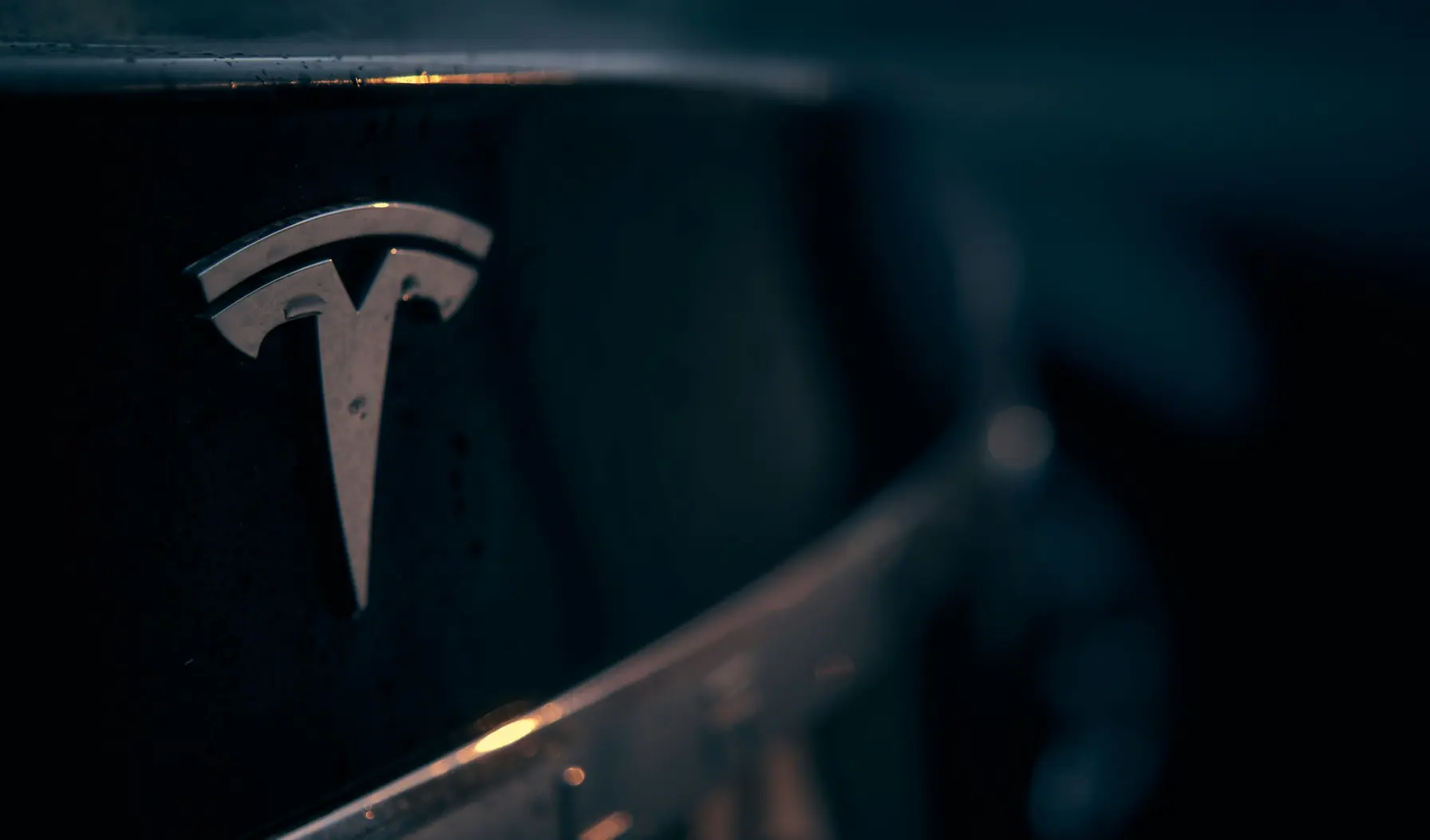T4K3.news
Automakers react to Trump EV policy shift
US automakers weigh profits and product strategy as subsidies fade and emissions rules loosen.
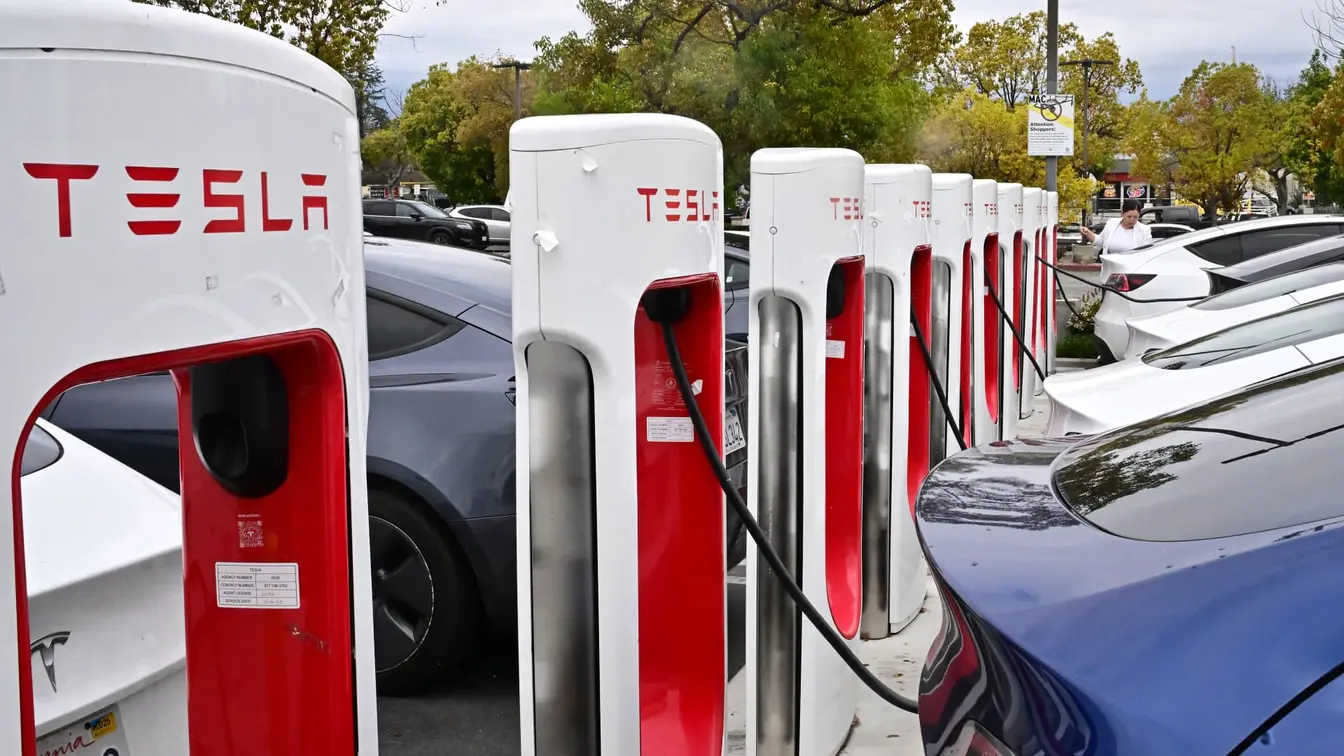
US automakers weigh profit and product strategy as subsidies fade and emissions rules loosen.
Automakers respond to Trump EV policy shift
On President Donald Trump’s leadership, the government has moved to end the electric vehicle mandate and roll back subsidies that favor EVs. The EPA has floated revoking a 2009 finding that greenhouse gases pose a threat to public health, a shift that would ease reporting requirements for automakers. The new legislation also ends the $7,500 tax credit for new EVs and the $4,000 credit for used EVs after Sept. 30, and eliminates a provision that has allowed EV makers to earn revenue from regulatory credits. Without those incentives and credits, automakers must rethink how they price and place EVs in the market.
Automakers are assessing the impact on their lineups and profits. On Tesla’s July earnings call, Elon Musk described a “weird transition period” as incentives fade and warned of possible rough quarters. CFO Vaibhav Taneja said the company will push to build and deliver as many vehicles as possible in the U.S. before credits expire, noting that the ramp of the lower‑cost model will be slower than expected. GM CFO Paul Jacobson spoke of headwinds to EV profitability but said the company still expects the change in policy to have a limited effect on 2025 results, highlighting GM’s mix of gas and electric offerings as an advantage. Ford CEO Jim Farley said the shift in regulations has forced a reallocation of EV spending toward hybrids, suggesting a broader strategy that includes non‑EV propulsion and potential production shifts outside the United States. The excerpt mentions Rivian but does not include its detailed comments.
Key Takeaways
"Does that mean like we could have a few rough quarters"
Musk on the timing and impact of ending incentives
"we probably could have a few rough quarters"
Tesla CFO discussing near‑term revenue and demand
"GM has an inherent advantage over Tesla because it has more flexibility to adapt"
Jacobson on GM's position amid policy change
"We think that's a much better move than a 60,000 to 70,000 all‑electric crossover"
Farley on Ford's hybrid strategy
The policy shift tests a long‑running bet on subsidies driving EV adoption. Without credits, price, performance, and convenience will carry more weight for buyers, and automakers must compete on value rather than credits. Tesla may feel the squeeze on a high‑price, high‑volume EV strategy, while GM leans on a diversified portfolio to cushion demand swings. Ford’s pivot to hybrids signals a pragmatic path that could appeal to a broader audience but challenges the pure EV narrative. The broader risk is how investors will respond to a policy regime that cherry‑picks winners and reshapes margins across the industry. Expect more regional production planning as firms weigh where subsidies exist and where demand is strongest.
In the longer run, the industry could see a shift in capital allocation toward flexible platforms and lower‑cost EVs, with some production moving offshore or toward traditional powertrains. Regulators may also revisit how credits and emissions rules influence competition, creating a dynamic that rewards speed and scale in a changing policy landscape. The outcome will hinge on consumer demand, energy prices, and how quickly automakers can deliver vehicles that meet cost and range goals without heavy government support.
Highlights
- Tax credits fade, the race to scale begins.
- Hybrid now looks safer for a broad lineup.
- Adapt or stall in a shifting EV market.
- Policy changes test the speed of corporate adaptation.
Policy shift raises political and financial risk
Ending EV subsidies and emissions rules poses political and financial risk for automakers. It could trigger investor uncertainty, alter capital plans, and provoke public scrutiny or backlash as consumers respond to higher vehicle prices or altered choice.
Policy shifts will test how quickly automakers can adapt to a policy environment that prizes efficiency over subsidies.
Enjoyed this? Let your friends know!
Related News
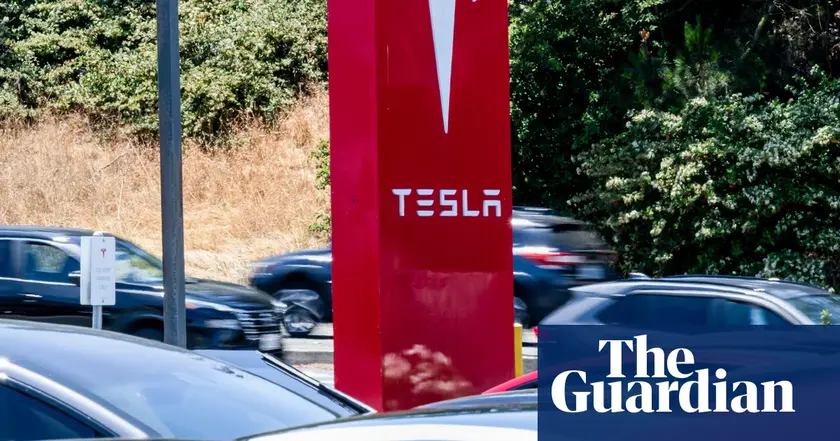
Tesla vehicle deliveries fall significantly in Q2
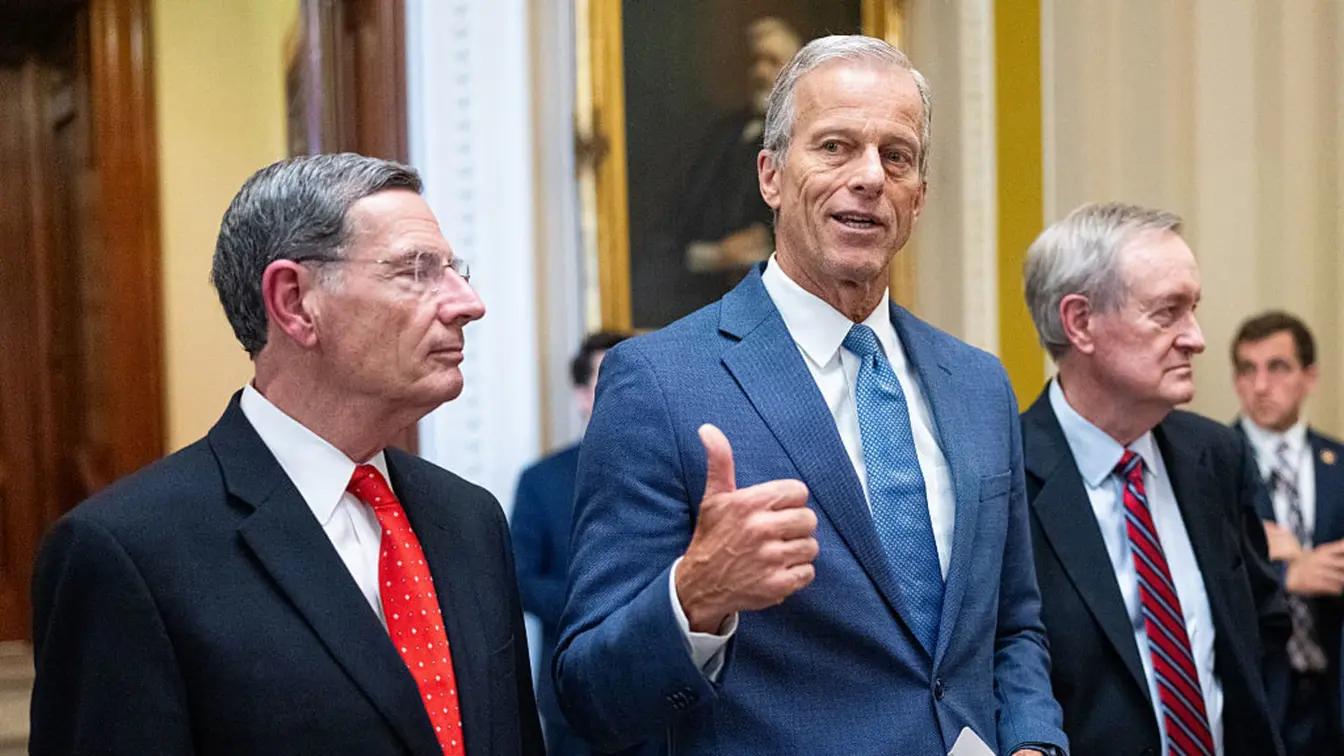
Investors prepare for volatile trading on Wednesday
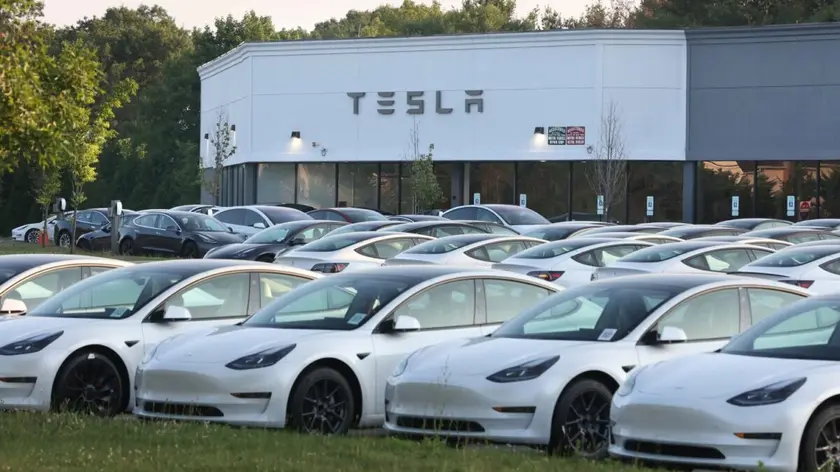
EV tax credit deadline prompts rush

EPA Plans to Revoke Greenhouse Gas Regulations

Gold prices rise as tariffs enter the market
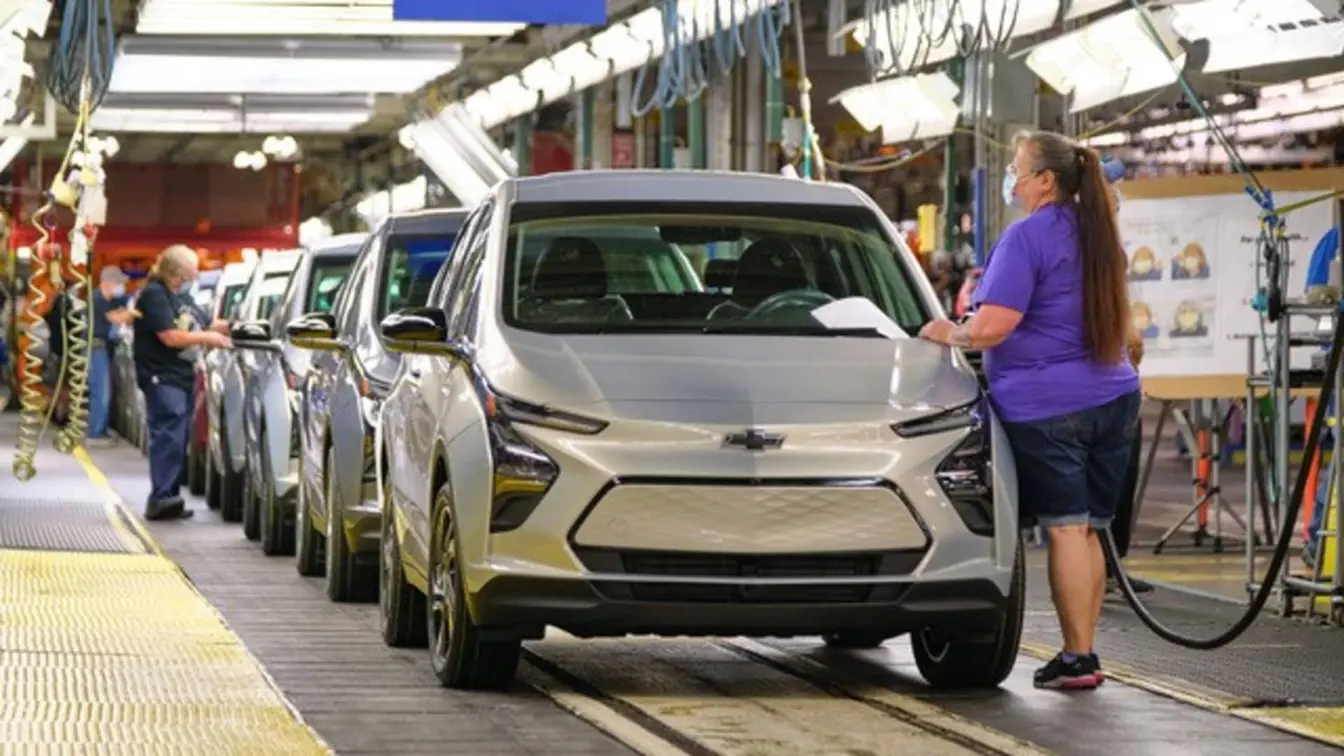
GM expands production of Cadillac Escalade in Michigan
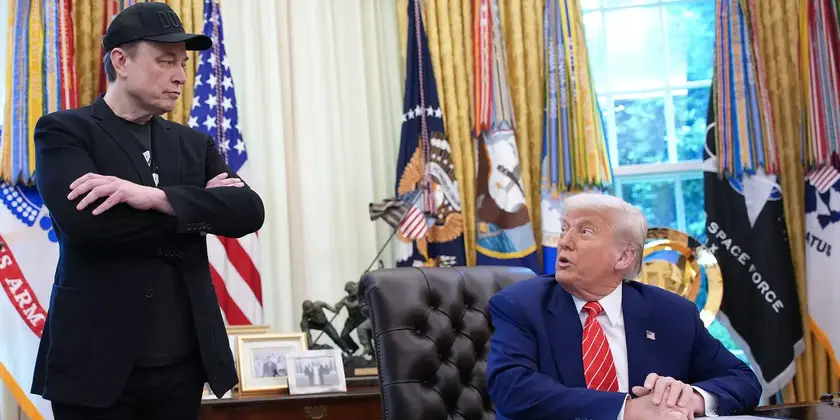
Musk Challenges Trump's Subsidy Claims
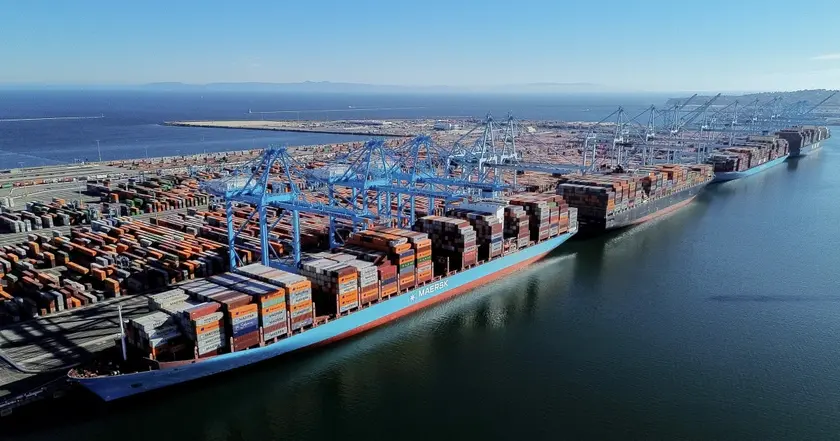
Trump sets new global tariff rates
